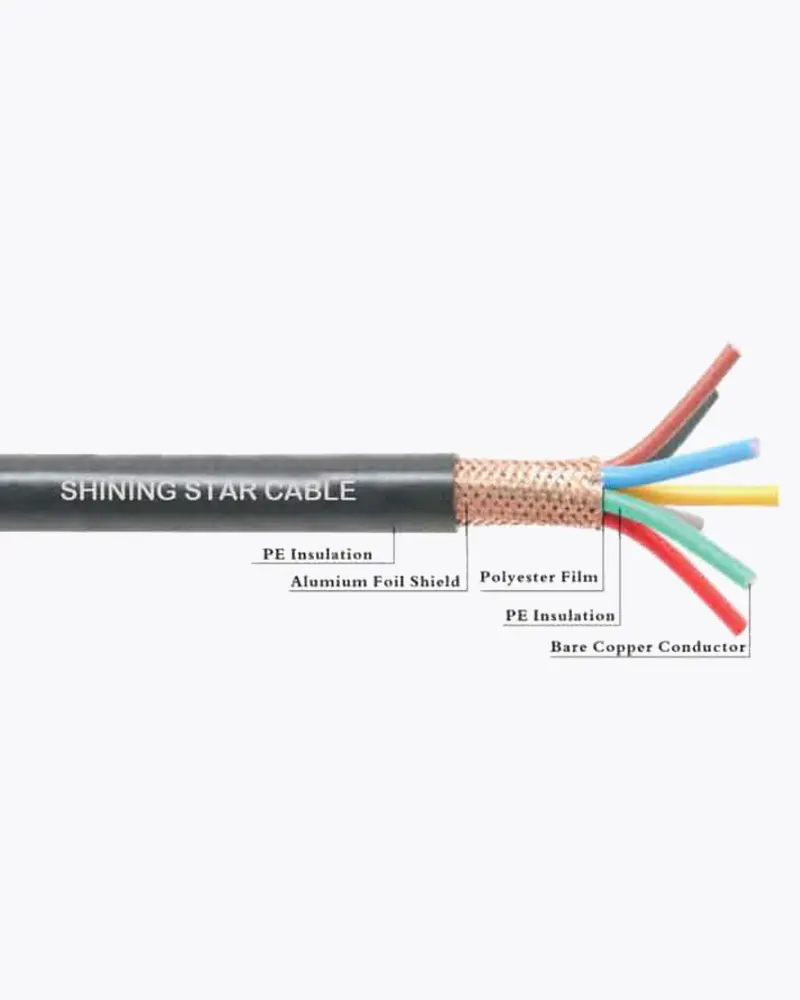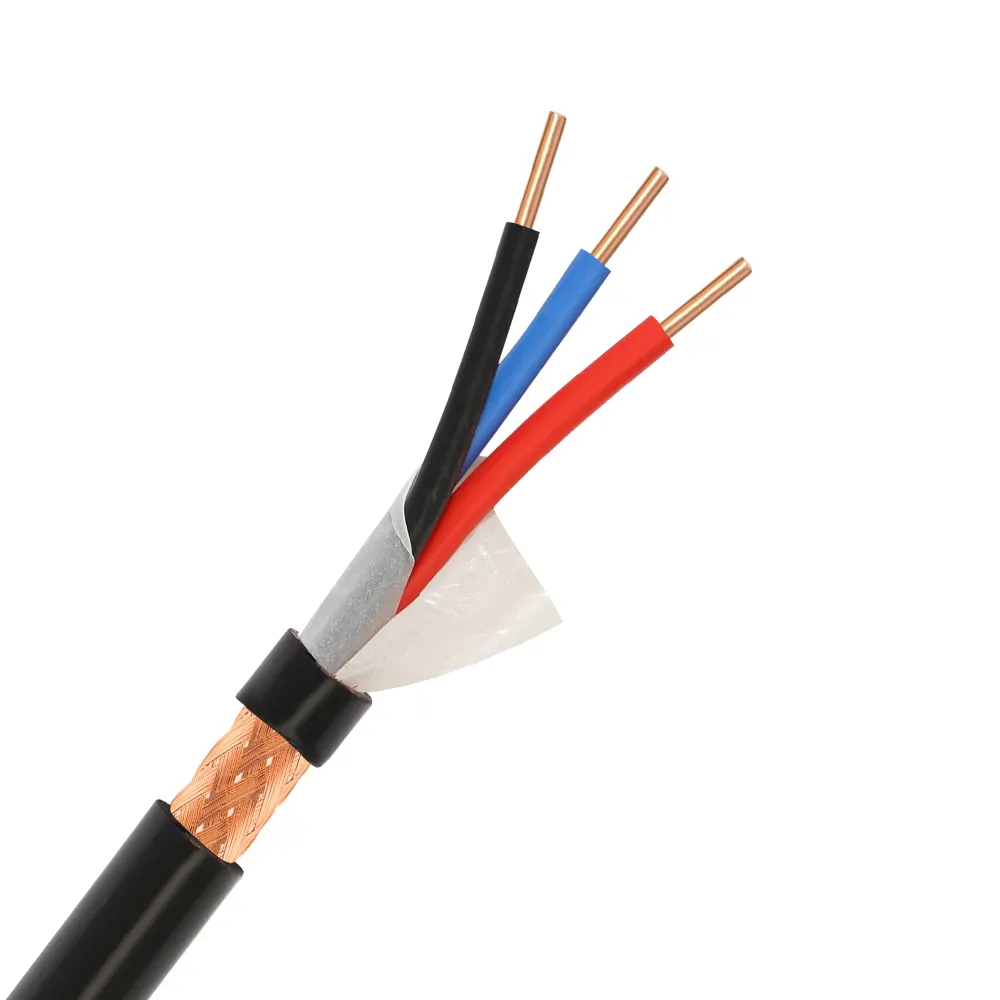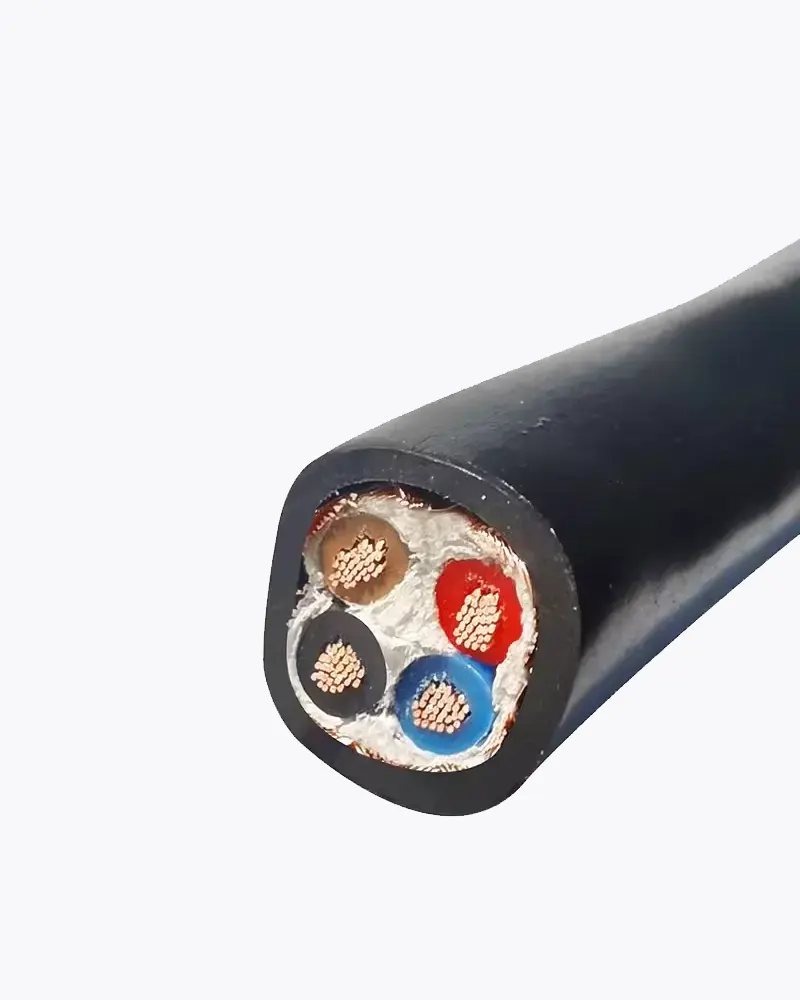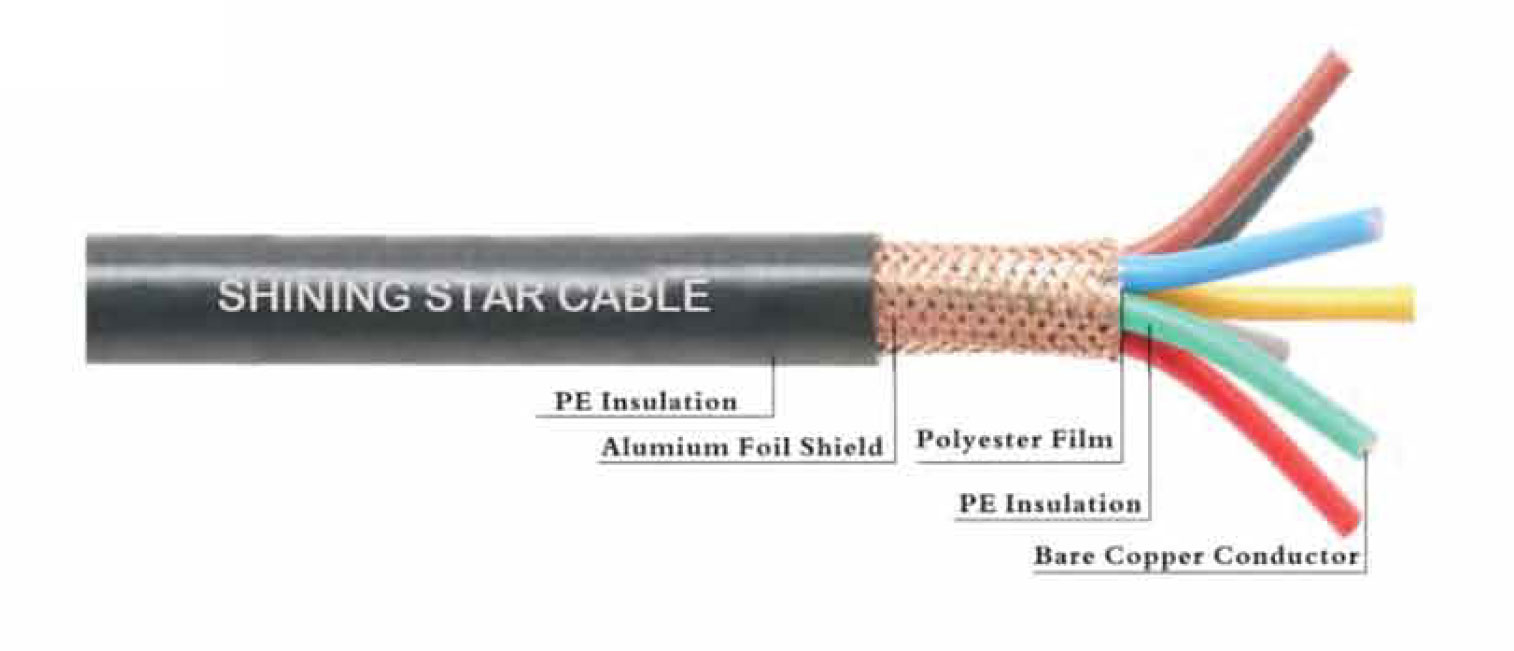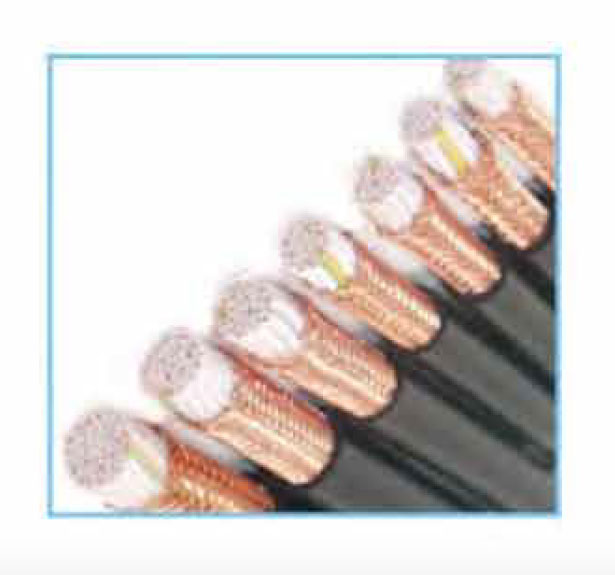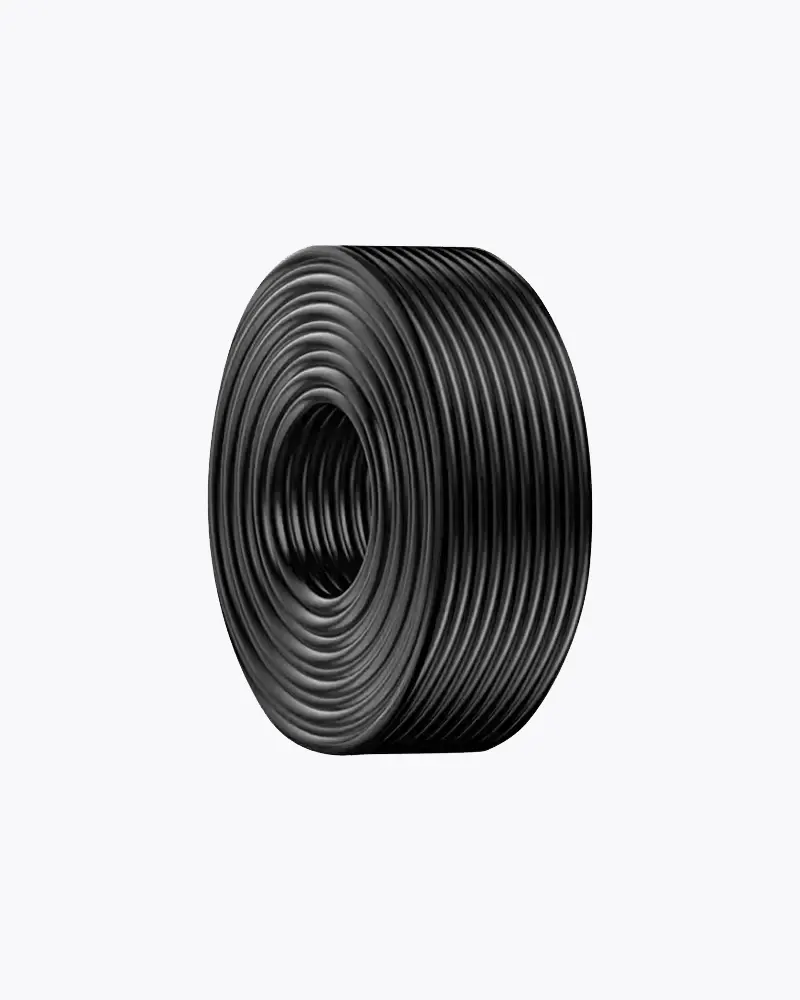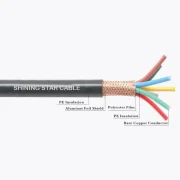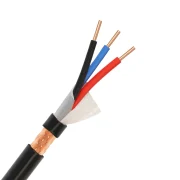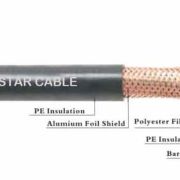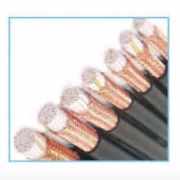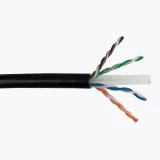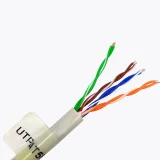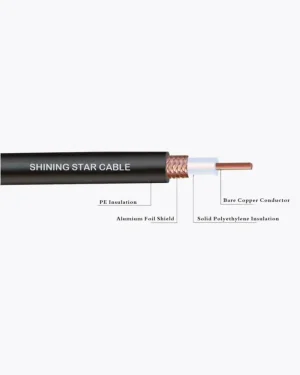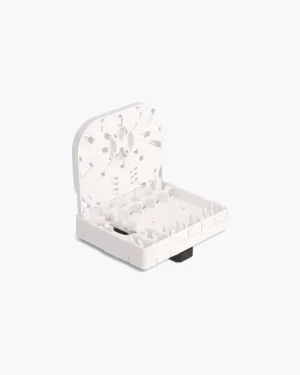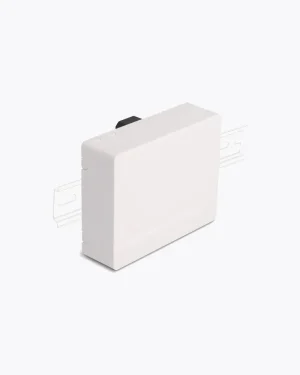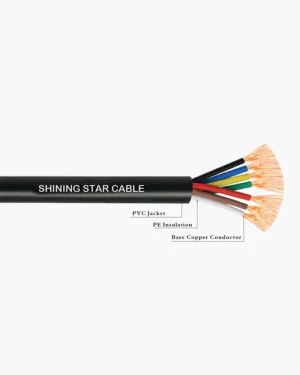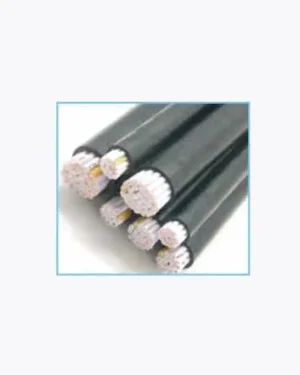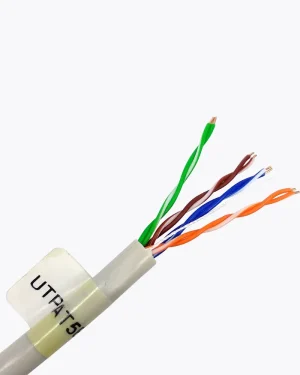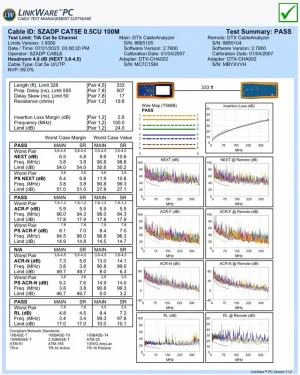
RVV control cable is known as copper core PVC insulated PVC sheathed flexible cable. It is also known as light polyvinyl chloride sheathed flexible cable, referred to as soft sheathed cable, is a kind of sheathed cable.
Because it is a soft core, RVV is generally used in narrow areas or places where it needs to be bent frequently. Mainly used in electrical appliances, meters, electronic equipment, and automation devices with power lines, control lines, and signal transmission lines, specifically for burglar alarm systems, building intercom systems, etc.
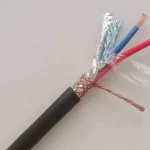
RVVP is a kind of cable with soft conductor PVC insulation plus a shield and PVC sheath. Copper-core PVC insulated shielded PVC sheathed flexible cable, also known as electrical connection anti-interference flexible cable.
The “P” in RVVP refers to shielding, that is to say, RVVP wire has a shielding layer, and RVVP has a stronger anti-interference ability for external signals.
Rated voltage 300/300V, the number of cores commonly used is 2-19 cores.
Commonly used core wire diameter: 0.3 square, 0.5 square, 1 square, 1.5 square, 2.5 square, 4 square.
RV cable is a single-core copper wire, while rvv is a multi-core drag chain cable, which consists of two or more RV wires.
The surface layer of the RV cable does not have a protective wire cover, and there is a layer of PVC protective wire cover on the outside of the RVV cable.
The RV cable has a variety of colors, including red, yellow, white, blue, green, brown, gray, and black, while the RVV line has only gray-black and white.
- RVVP implementation standard JB/T8734.5-2012
- Polyvinyl chloride insulation
- PVC sheath
- The conductor is a copper core stranded
- Aluminum alloy braided shielding network
- The rated voltage is 300/300V
- The normal working temperature is not more than 70℃
- The maximum temperature of the cable conductor does not exceed 160℃ during a short circuit (the longest duration does not exceed 5s). The ambient temperature when the cable is laid should be no less than 0℃, otherwise, it needs to be preheated beforehand.
The role of cable shielding is mainly to prevent the interference of external interference sources to the cable itself and the interference caused by the cable to other circuits. The use of a shielded cable and reliable grounding of the shielding layer is an effective measure to suppress its electromagnetic interference.
It is suitable for communication, audio, broadcasting, audio systems, burglar alarm systems, intelligent automation systems, automatic meter reading systems, fire-fighting systems, and other needs to prevent interference line connection, efficient and safe transmission data cable.


